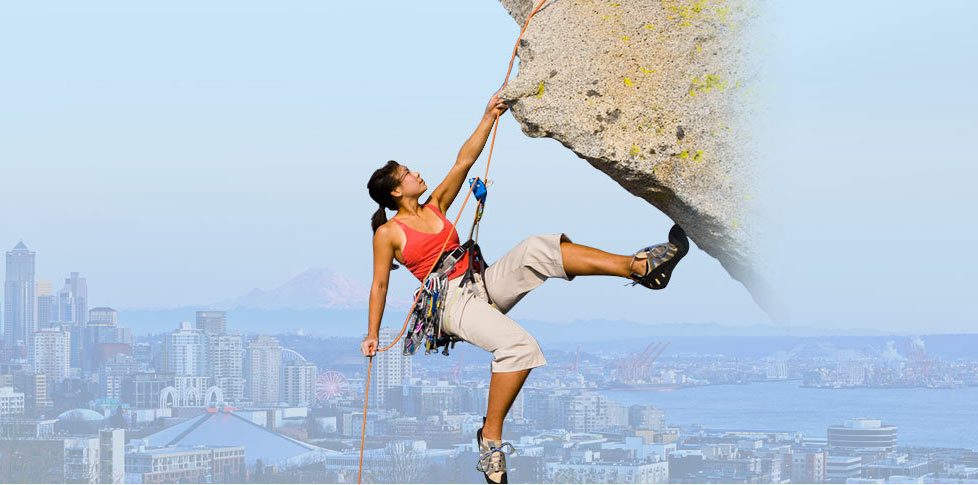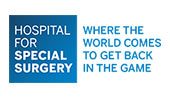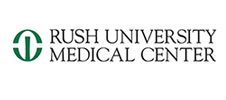UCL Repair (Internal Brace)
Internal Bracing, and how it's revolutionizing the healing process in Orthopedic surgeries.
Anatomy:
The UCL, also called medial collateral ligament, is located on the inside of the elbow and connects the ulna bone to the humerus bone. It is one of the main stabilizing ligaments in the elbow especially with overhead activities such as throwing and pitching. When this ligament is injured, it can end a throwing athlete’s career unless surgery is performed.
The common symptoms associated with a UCL injury are pain on inner side of the elbow, unstable elbow joint, numbness in the little finger or ring finger and decreased performance in activities such as throwing baseballs or other objects.
My treatment algorithm for Tommy John surgery
2023 baseball season new hopes, new rules, new concerns.
Causes of injury?
Ulnar collateral ligament injury is usually caused by repetitive overhead throwing such as in baseball. The stress of repeated throwing on the elbow causes microscopic tissue tears and inflammation. With continued repetition, eventually the UCL can tear preventing the athlete from throwing with significant speed. If untreated, it can end an athlete’s career. UCL injury may also be caused by direct trauma such as with a fall, car accident, or work injury. Other causes include any activity that requires repetitive overhead motion of the arm such as tennis, pitching sports, fencing, and painting.
UCL injury should be evaluated by an orthopedic specialist for proper diagnosis and treatment. Your physician will perform the following:
- Medical history
- Physical examination including a valgus stress test to assess for elbow instability
- Other tests such as X-rays and MRI scans may be ordered to confirm the diagnosis.
Check out this recent testimonial after elbow UCL repair surgery
Your physician may recommend conservative treatment options to treat the symptoms associated with UCL depending on the sport the patient plays. For partial tears conservative management is usually tried first. In javelin throwers, baseball players, quarterback or other high-level throwing athletes, surgery may be needed to get back to sport.
Treatment Options:
Conservative treatment options that are commonly recommended for non-athletes include activity restrictions, orthotics, ice compression, medications, physical therapy, pulsed ultrasound to increase blood flow to the injured ligament and promote healing and professional instruction.
For partial tears in throwers, PRP (protein rich plasma) is often used before surgery is recommended. There is data this may improve healing rates by up to 50%. The PRP is placed under ultrasound guidance to make sure the PRP goes into the precise location.
Dr. Garcia demonstrates his technique for elbow UCL repair with an internal brace
Surgery:
If conservative treatment options fail to resolve the condition and symptoms persist, Dr. Garcia may recommend an ulnar collateral ligament repair with internal brace. The UCL is repaired from the torn side and one anchor is attached from each side with a collagen impregnated suture (internal brace). This collagen impregnated suture acts as a bridge to prevent stretching of the ligament and add further strength to the natural ligament. Furthermore, the synthetic suture ligament is also sewed into the patient’s own ligament to further improve the strength of the repair. In some cases, the nerve below the ligament is moved as well and this is done to prevent numbness in the players hand after surgery.
What is the difference between reconstruction and repair?
A reconstruction involves reconstruction the UCL with a ligament in the patients knee or wrist while the repair uses a synthetic suture and repairs the original ligament. For non-professional pitcher’s,the data demonstrates many patients who previously had a full reconstruction are now candidates for a UCL repair with internal brace. The data demonstrates similar biomechanical strength to a full reconstruction. Furthermore, return to pitching data shows return to throwing as high as 90%. In position players or non-baseball players, return to sports is even higher.
Dr. Garcia demonstrates is innovative technique for UCL (Tommy John) repair with Internal Brace and Ulnar Nerve Transposition.
The major benefit of a UCL repair is the speed of return. For a full reconstruction return to throwing is 12-18 months. With this new UCL repair technique, return to throwing is between 5-6 months. UCL repair with internal brace is a new technique and it’simportant to see a surgeon that has extensive experience in doing this in high level throwers. Dr. Garcia has performed this surgery on many high-level athletes with good success.
Is physical therapy involved?
Yes, therapy is very important to return to throwing and sports. Patients are in a brace with limited movement for 2 weeks and then allowed full range of motion. The brace comes off at 6 weeks and return to throwing is started at 3 months. An extensive return to throwing program is used after 3 months to make sure players properly progress back to their intended sport. For more information visit Dr. Garcia’s section on UCL repair with internal brace.

















